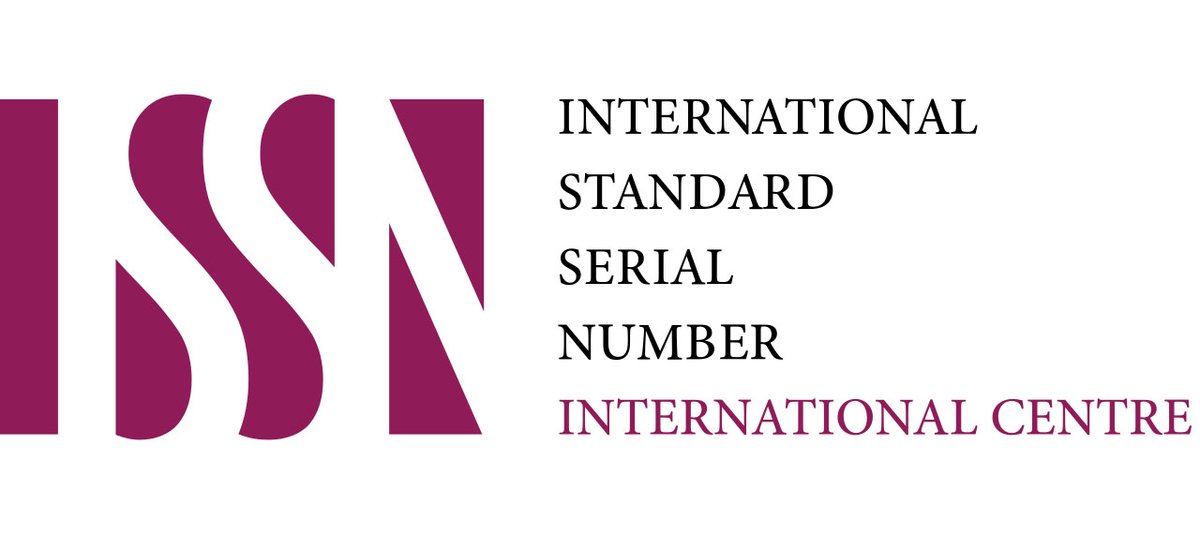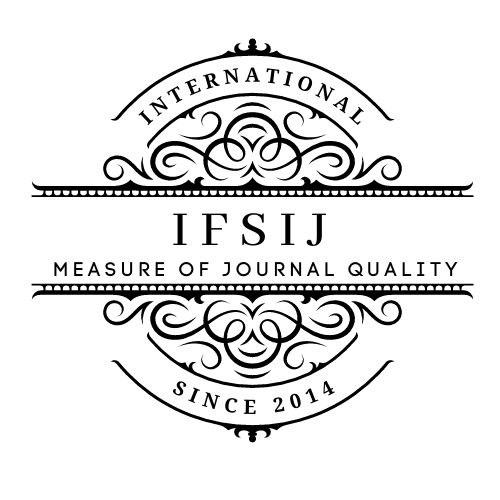LANGUAGE AS STRATEGY: MAPPING FUNCTIONAL DOMINANTS IN POLITICAL AND MILITARY DISCOURSE
Keywords:
Critical Discourse Analysis, discourse-historical approach, functional dominants, political discourse, military propaganda, nominalization, polarization, metaphor, euphemization, semantic manipulation.Abstract
Critical Discourse Analysis (CDA) unpacks how language enacts power in political and military contexts. Drawing on Ustyuzhanina’s typology of discourse sectors—cognitive, social, linguistic, cultural—and functional dominants in political texts, this study applies a discourse-historical CDA framework (Fairclough 1995; van Dijk 1998) to speeches and propaganda from the 1980 and 1984 U.S. presidential campaigns, Nazi World War II posters, and recent Russia–Ukraine rhetoric. Through corpus-based content analysis, we identify recurrent strategies—nominalization, polarization, metaphor, euphemization—used to legitimize authority and dehumanize opponents. Findings demonstrate systematic “othering” and semantic manipulation across contexts. Implications highlight CDA’s role in revealing covert ideologies and guiding media literacy interventions.
Downloads
Published
Issue
Section
License

This work is licensed under a Creative Commons Attribution-NonCommercial-NoDerivatives 4.0 International License.















